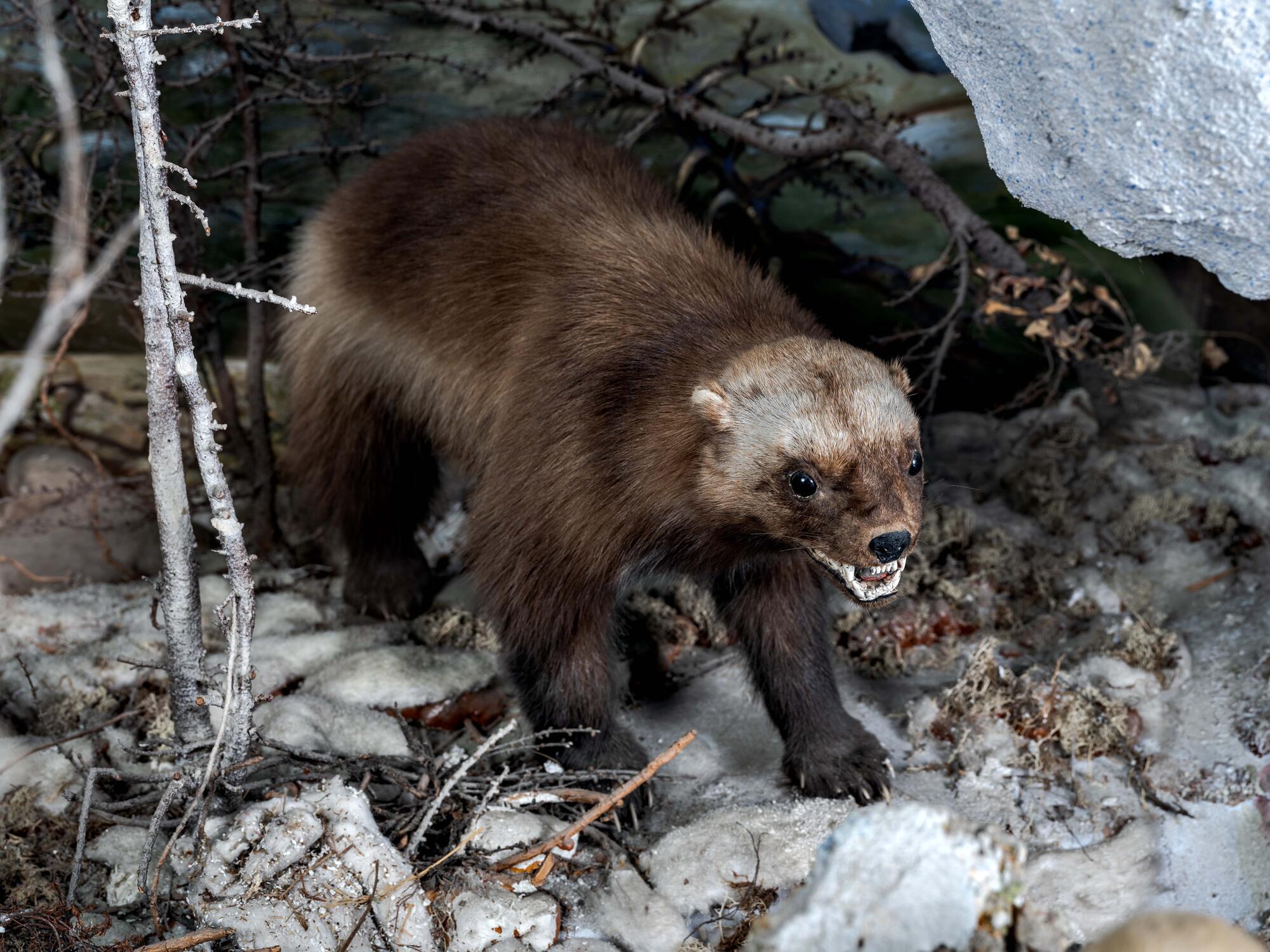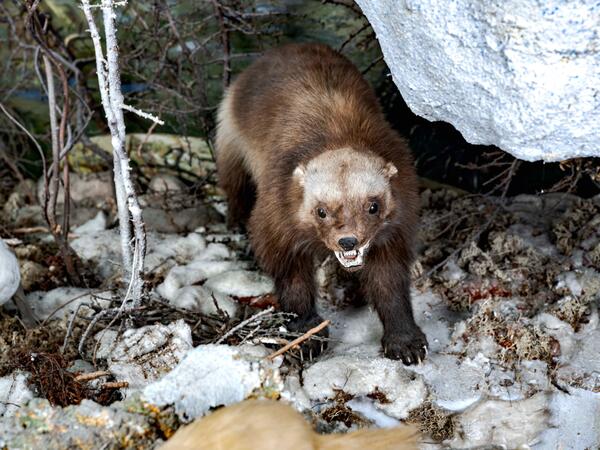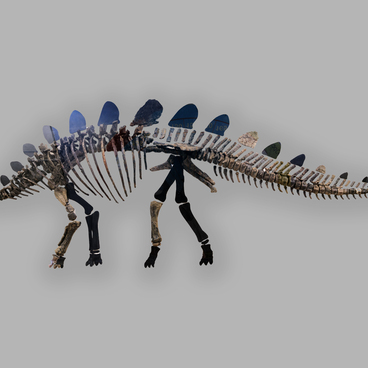Many legends and beliefs are associated with the wolverine in different cultures. Its image is often used in modern works of art, heraldry and cinema too. The wolverine is considered a fearless, fierce and very strong animal, capable of killing an animal five times larger than itself. At the same time, the wolverine saves its energy and often finishes off other animal’s prey or steals it from wolves, bears and even humans. It likes to eat insect larvae, bird eggs, honey, berries, catches fish and hunts young or sick animals.
The wolverine prefers to hunt large prey — moose, deer or red deer — in deep snow, where it has an advantage. It stalks its prey, silently approaching at a distance of several steps, jumps on its back, holds the animal tightly by the neck and inflicts deep wounds at the base of the head with its sharp teeth. The victim dies of bleeding. The wolverine tears the prey apart, eats it and hides it under fallen deadwood.
The Latin name of the animal is Gulo gulo, which means a “glutton”. This is not connected with the fat layer under the animal’s skin, but with its fierce appetite. Even when nourished, the wolverine eats to last — it developed this behavior pattern because of the frequent lack of food. The name of the animal can be interpreted as a “little wolf”. In addition, the wolverine is called a small bear because of the resemblance of its tracks to those of a bear.
Wolverines are terrestrial creatures, living and sleeping on the ground, although they are excellent tree climbers due to their long and sharp claws. Wolverines are constantly on the move, with males trying to take over as much territory as possible. An adult wolverine covers up to 25 kilometers a day in search of food. Wolverines live in the forest tundra, northern taiga and mountains of Eurasia and North America.
Wolverines can grow up to a meter in length and
weigh up to 32 kilograms, with males almost twice as heavy as females. The
average lifespan of wolverines is 6 years in the wild and up to 13 years in
captivity. Information about the possibility of taming wolverines varies. The
vast habitat of the wolverine does not allow to determine the exact size of its
population — according to the status of the International Red List, this
species is not endangered.



